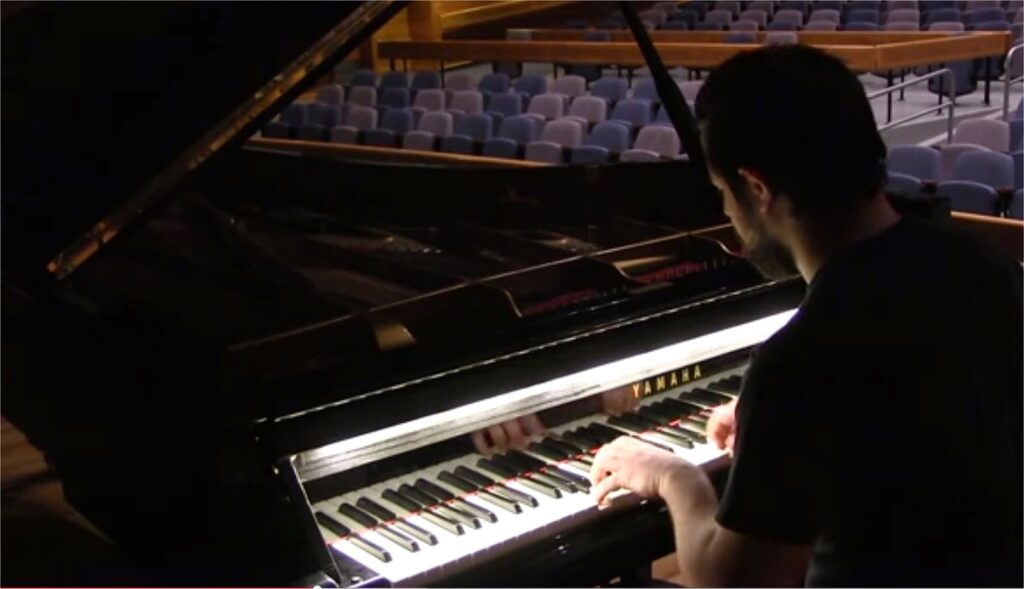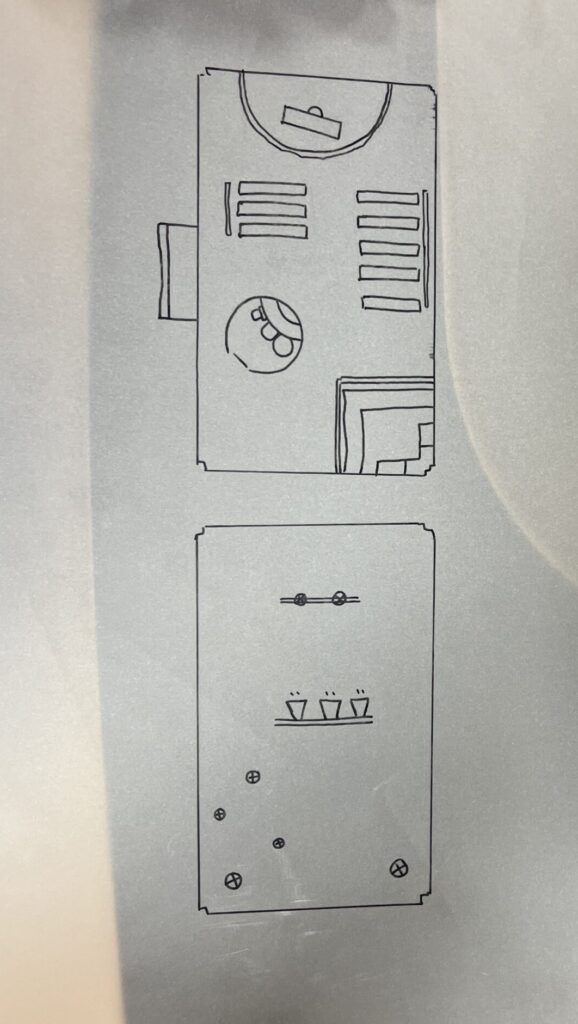Following the lecture, we had a fun task to do in class. In groups, we had to redesign the same space but in regard to different purposes or utilities. For example, my group was supposed to redesign in regards to the idea of a piano recital space. We made two plans, one showing the new layout and one showing the light distribution. Thus, we had to think of ways in which we could highlight the stage and the piano best, whilst also making sure the pianist would not be positioned in unflattering light. We also chose different words that could give clues as to what we had to redesign for. As we were all trying to guess what everyone did, I understood the significance of being very clear and concise in your design, making sure that your intentions are presented clearly. We also had to calculate the light factor for different scenarios. In all honesty, I did not pay enough attention to the way designers use light before, however, throughout all of these exercises I have been learning so much about how quintessential properly and effectively using light is for any interior.
After working together with my group, we wrote down various ways in which the space would be lit to its full potential:
Using adequate lighting Ensure that the entire performance area, including the piano, sheet music, and the performer, is well-lit. Use a combination of ambient, task, and accent lighting to achieve balanced illumination. Avoid harsh shadows that could distract the performer or the audience.
Directional Lighting: Using spotlights or track lighting, to highlight the performer and the piano. This helps draw the audience’s attention to the focal point of the space .
Colour Temperature: Considering the color temperature of the light sources. Neutral and warm color temperatures are often preferred for performance spaces as they create a welcoming and comfortable ambiance. Overly cool tones that might appear clinical or unwelcoming should be avoided.
Controlling the Glare: Since the piano and its keys are quite glossy, figuring out a way to get minimal or no glare at all is essential for a successful lighting project for a piano recital designated space. – overhead lights should be avoided, usage of dimmers and anti-glare coatings is recommended.
Making the most of the natural light: the space that we were given is fully surrounded by floor to ceiling glass windows, thus, there will be almost no need for artificial lighting during the day, yet, at night-time, the space would need to be carefully lit, as the glass would not allow for light to reflect or properly propagate.
The goal for such a demanding space, in terms of lighting is to provide adequate and even illumination without causing discomfort or distraction for the pianist. By combining a variety of strategic ambient lightings, a glare-free environment, appropriate for focused and enjoyable piano performances, would be created.
Sources: Fig1: Piano Lighting- audiophile-musings.blogspot.com
Fig2- Plan drawn in class- Photo take by Eve
. 




